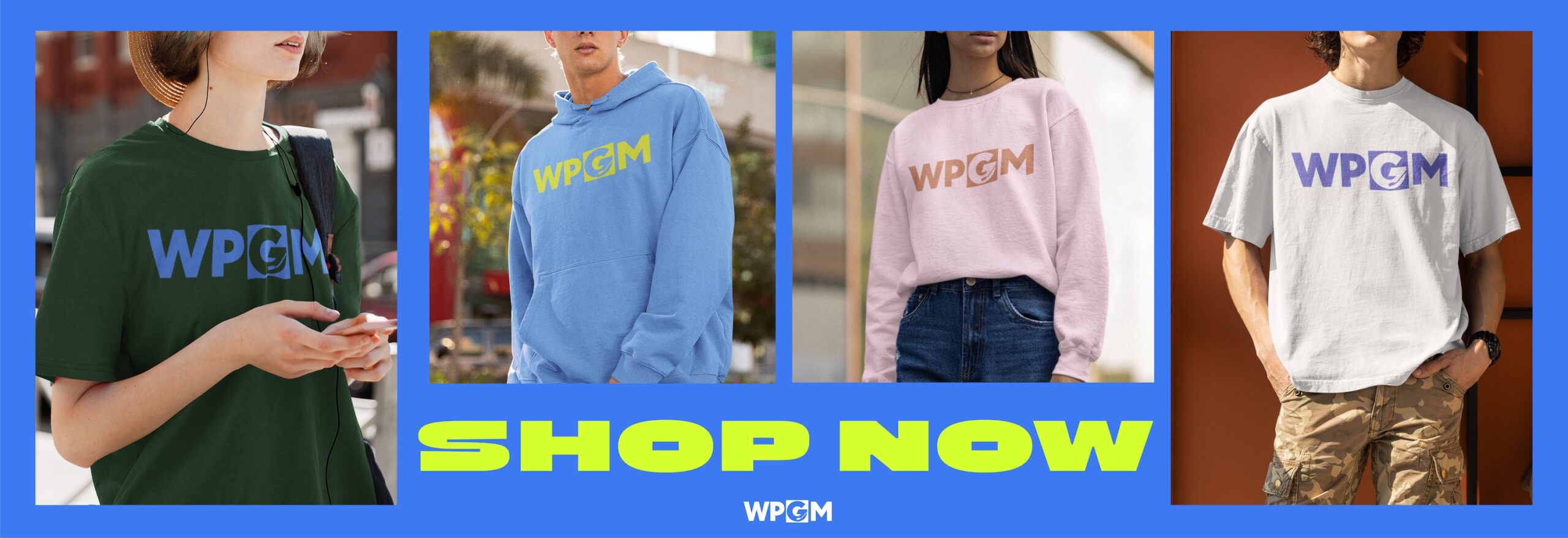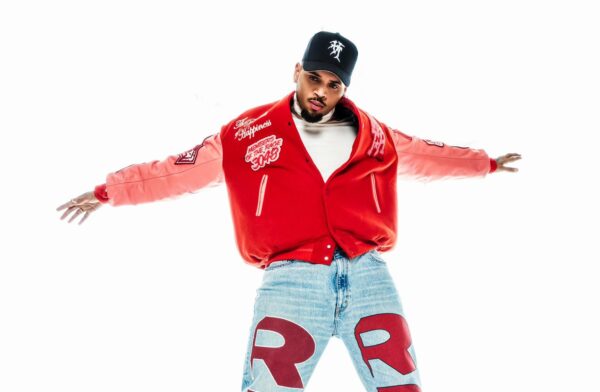
Snoop Dogg, of course, is a veteran American rapper from Long Beach, California. He’s sold millions and millions of records over the years, starting with 1993’s Doggystyle, and comeback record of sorts, 2000’s Tha Last Meal, while the subtle funk of single, “Peaches N Cream”, from album, Bush, somewhat put his name within the earholes of the more current generation, in 2015.
This time round, at the start of this month (July 1), Snoop came out all, pun intended, guns blazing. This is with a return more to the West Coast G-Funk sound he’s renowned for, arguably his signature sound, especially under the wing of long-time collaborator, Dr Dre. The name of this album? Coolaid.
The opening track, “Legend”, is spaced out, to say the least. It has, arguably, a dancehall vibe to it, just with bottomless, vaguely West Coast bass. It’s a suitably big sounding track to kick off proceedings, like a statement of intention. The raps turn up a gear, going from slow flow, to the more agile rhymes of much guile he’s best known for. The drums rattle and clap, definitely something to get the clubbers going mad.
“Ten Toes Down” opens with a skit, very dramatic and cinematic. It’s undoubtedly funky for fans perhaps worried he’d left that signature sound behind. He appears to rail against his critics, proclaiming to be as real as ever, even though they interpret his expanding as an artist, as Snoop Lion, as selling out. It’s evocative of his group, Tha Eastsidaz, and some of DJ Quik’s early stuff, too.
“Don’t Stop”, featuring Too $hort, still has that space bass vibe, but the tempo with a touch more immediacy and urgency. This sees the two trading smooth playboy verses, though more as brothers in arms than as adversaries.
The album carries on with “Super Crip”. The keyboard is thick and ominous, and gets yet harder. Industrial, hard hitting drum kit, think that sound you might associate with early Mobb Deep, gets right in your head, reverberating all around. The theme, again, appears to be against those who slight him, particularly those who claim to have kicked him out the Crip set of his formative years, the Rollin’ 20s.
Then there’s “Coolaid Man”, which has a creepy vibe to it, like an ice cream man dealing soft drinks from his van; drinks spiked with alcohol, or something. Track six, “Let Me See Em Up”, features Swizz Beatz. This track’s dangerous, you’re about to get shot music, sort of thing. Whether guns or fists, you better raise them up to have a chance of surviving. It rings in your head like a hail of bullets, or knockout punches.
A curious collaboration follows in “Point Seen Money Gone”, featuring Jeremih. The latter provides syrupy hooks, at odds with that low, low bass but somehow working. The pervading tinkling of the backdrop, bar the bass, has that smooth, kicked back vibe almost in unison with those hooks. Autotune works reasonably well, especially when knowing Snoop doesn’t need it to sell records.
“Oh Na Na”, meanwhile, has a Wiz Khalifa cameo. It starts out so oldschool it’s refreshing, resplendent in its vitality. Old beats, though new song, breaking current moulds. Graceful piano dances over the top, adding real finesse to that funky, synthesised bass. Khalifa’s contribution is a welcome one, too.
The derivative “My Carz” samples “Cars” by Gary Newman. Nimble rhymes prove Snoop to be fleet of phrase, and to listening to them is satisfying. However, the sample feels hackneyed, to the point the song feels like a throwaway. Shame considering the lyrics, really.
Deep, unprocessed bass in “Two Or More”, proves just as deep as any other kind. This is a party track, though smooth enough not to plead desperately for the people to dance. Unless he’s scared of being accused of selling out, this should probably be put out as at least one of the singles.
Gang track, “Affiliated”, features Trick Trick and opens with a gangsta rap sermon, before beginning ominous. It’s got those wayward synthesisers most associate with the West Coast sound. Probably a tough line to walk: satisfying those with retrospective views of their favourite musicians, yet seeking to put out something new. Anyway, Trick provides a bass of his own. Say, generally, a baritone filling out a track in ways that Snoop, softly spoken, can’t reach.
“Feel About Snoop”, opens with some dialogue, interviewer and interviewee. Snoop being the latter, expands on his answers in the body of the song. He seems to talk about perceptions of him, whether as gangbanger or proponent of marijuana.
Unlucky thirteen, “Light It Up”, has a second appearance on the album from Swizz Beatz. It opens with grave piano. The sung hooks are given a good minute, perhaps more, to breathe. Good dynamics this genre’s maybe not much associated with.
Snoop’s verses are very intermittent, conscious of putting together a song, rather than a competitive need to fill the whole beat with incessant bars. However, there’s some comedy. It’s not all serious, as said, especially with the vocal refrain proclaiming his name, triumphant but with tongue very much in cheek.
“Side Piece” has, again, grave piano, bluesy and from the soul. A middle section strips everything down, just the beat, more or less. Maybe akin to Snoop undressing his lady? The vibe is vaguely sensual and sexual, but is more likely, judging the soundscape, to be dedicated to a ‘keeper’, or one’s wife. Sonically, the backdrop’s got a mournful aspect to it, like the one potential ‘keeper’ or wife that got away, maybe?
Wiz Khalifa has a second appearance on the album in track, “Kush Ups”. Although marijuana is mentioned throughout the album, this is the first explicitly weed centric track. This is like an ode to the art of the smoker. The backdrop is uber noisy, with seemingly a dozen things going on. It sounds like it’s been mixed quite high, fighting some sort of loudness war. Perhaps the intention is to put together something you either zone out to, or wonder at all the elements put together to make this particular ensemble.
E-40 and Jazze Pha feature on “Double Tap”. Jazze definitely puts his vocal stamp on it, before Snoop ruminates over the clapping drums and moody keyboard. This is also the first time this reviewer has heard a ’40 flow that works, ‘works’ as in working musically, rather than accusing the titan of ever being off time.
“Got Those” has a beat that weaves in and out of the ears, tinkling yet chopped up into an irresistible loop. Reverse case of “My Carz”, though. This time round it’s redundant rhymes, and a wasted beat.
A third Swizz Beatz cameo is clocked, meaning he definitely proceeds to further put his own stamp upon the album, in track “Let The Beat Drop (Celebrate)”. Grave piano makes yet another appearance, almost as frequent as the Swizz cameos on this album. Snoop explores singsong rap, more so than usual. Swizz doing likewise, too.
“What If” features long-time Snoop collaborator, Suga Free. This one claps like any self-respecting West Coast track should. The hook, what you gather from Free’s track opening verse, explores all the questions of the world, especially when you come from street gang territory. Satisfying and almost life affirming, being grateful for any advantages you may have in life.
Closer, “Revolution” has the talents of October London. The booming backdrop almost has the Doggfather shouting his raps, rock style, lending to infinite conviction in his voice as he barks his lyrics. The closing moment sees a flurry of soaring keyboards, like something you might hear on an early Kool & The Gang song. Climatic.
This album pleases generally, with the likes of “Ten Toes Down”, “Oh Na Na”, “Two Or More” and “What If” coming to mind as particular highlights. These, generally speaking, deliver upon a more concerted effort to return more to the signature West Coast G-Funk sound. The best example of this is “Oh Na Na”, fresh yet retrospective, as it delves into the more drum orientated oldschool era of rap.
The main disappointments that come to mind are “My Carz” and “Got Those”. The former, of course, derivative of beat but really with unfulfilled potential in the lyrical department; and the opposite true, of course, in the latter. Even then, neither track is wholly bad, just certain aspects. Roughly eighteen worthwhile tracks, furthermore, some of them excellent, very good and good, out of twenty isn’t a that bad return, though.
Snoop Dogg, overall, has come with enough funky moments to please long-time fans, and also has enough exploratory moments that convey his ever evolving nature. Maybe his stint as Snoop Lion sparked this. Anyway, a good mix of both has brought a fairly diverse album to the listening public. Snoop Dogg’s Coolaid is out now via Ca$h Money Records, purchase it on iTunes here.
Words by Andrew Watson





